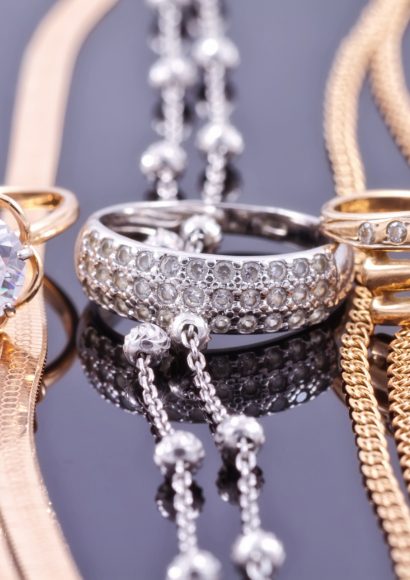Step#1 Designing
The first step in the artificial jewellery manufacturing process is designing. A team of skilled designers creates intricate and fashionable designs based on market trends and customer preferences. They use advanced software to create detailed illustrations of jewellery pieces.
Step#2 Mold Making
After the design is finalized, a mold of the design is created. This is usually done using a rubber or metal mold. The mold serves as a template for creating multiple pieces of the same design. It is crucial that the mold is precise and of high quality to ensure that the final product is flawless.
Step#3 Casting
The next step is casting. Molten metal is poured into the mold to create the base of the jewellery piece. Once the metal has cooled and solidified, the piece is removed from the mold. This process is repeated until the desired number of pieces are produced.
Step#4 Stone Setting
Stones and gems are then carefully set into the jewellery pieces. This requires a high level of precision and skill. The stones must be securely set to ensure they do not fall out during wear. For example, Rexjewel ensures that each stone is meticulously set to maintain the quality and durability of the piece.
Step#5 Polishing
After the stones have been set, the jewellery pieces are polished to remove any rough edges and give them a shiny finish. This is usually done using a polishing wheel and a variety of polishing compounds.
Step#6 Plating
The next step is plating. The jewellery pieces are coated with a thin layer of metal, such as gold or silver, to give them a desired finish. From my point of view, this process also helps to protect jewellery from tarnishing.
Step#7 Quality Control
The final step in the manufacturing process is quality control. Each piece of jewellery is carefully inspected to ensure it meets the required standards of quality and craftsmanship. Any piece that does not meet these standards is either repaired or discarded.


